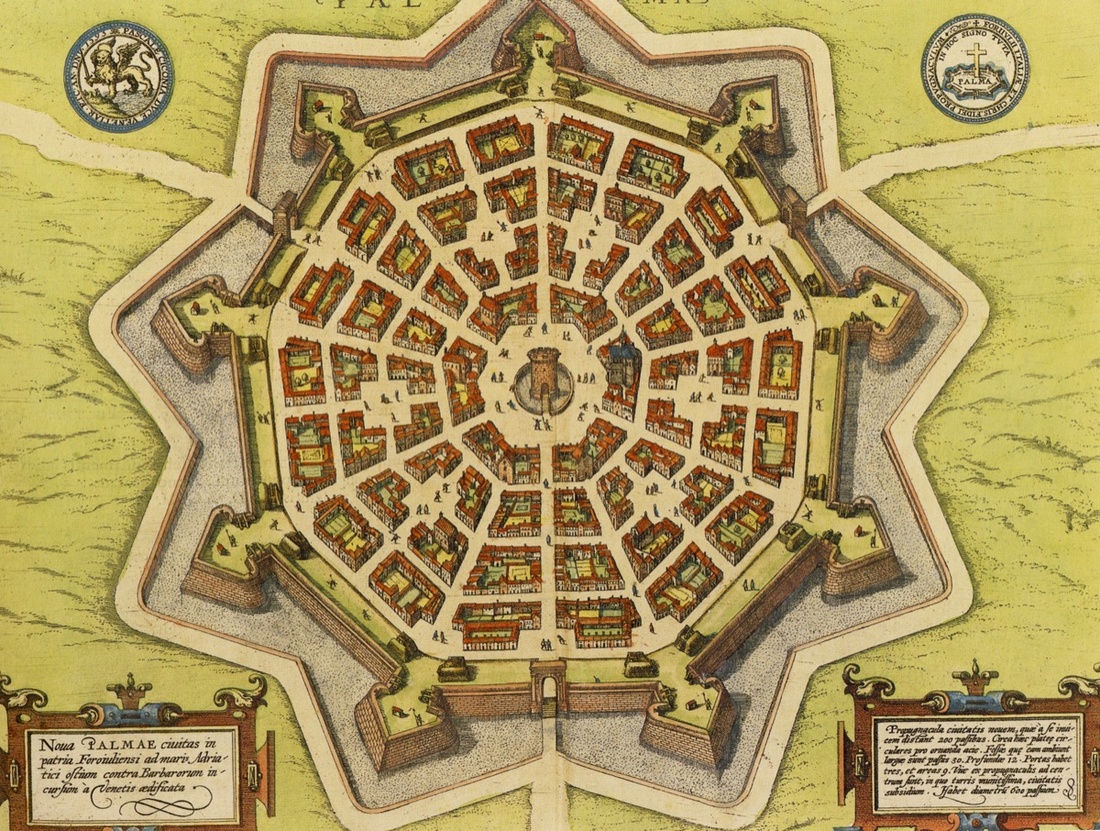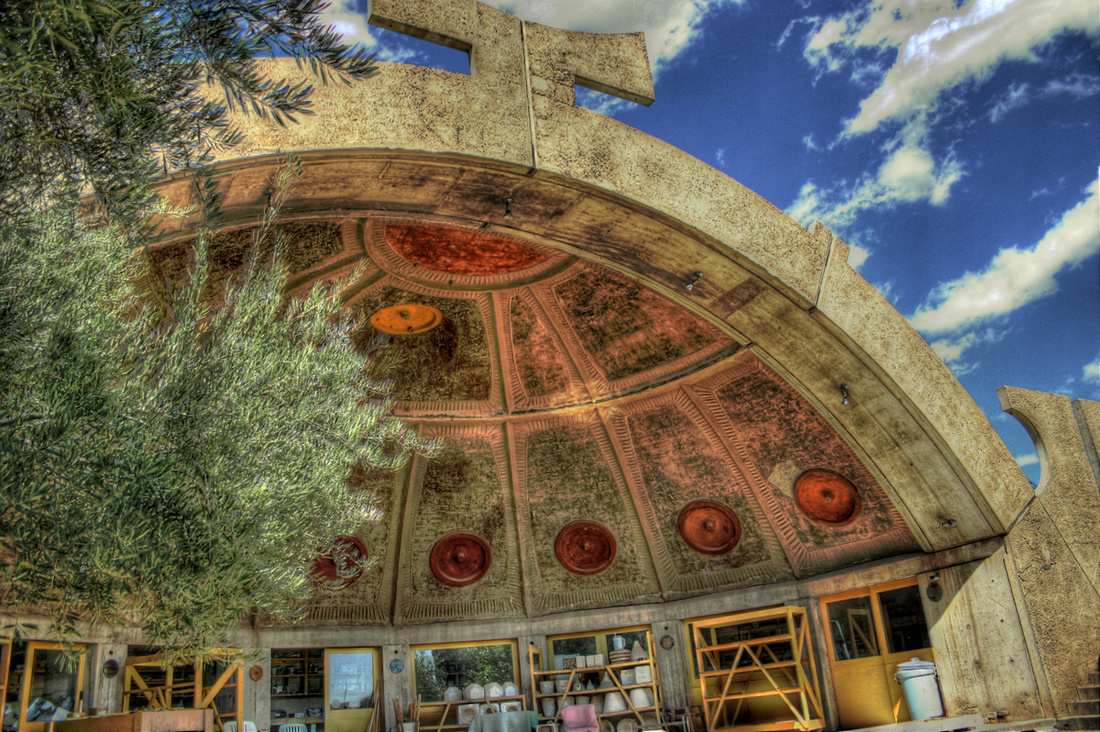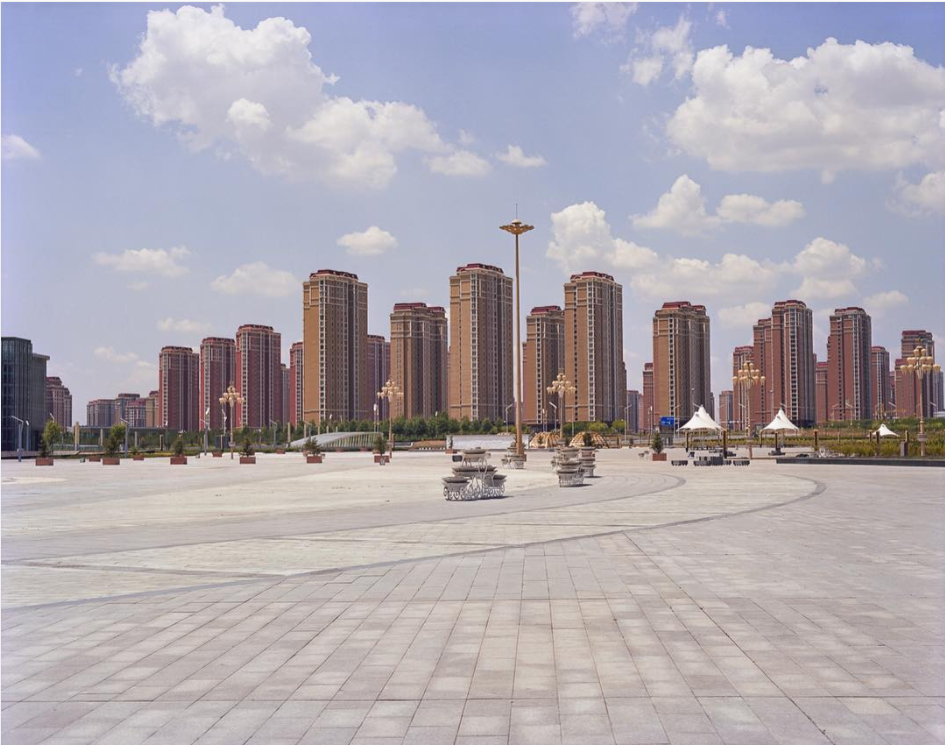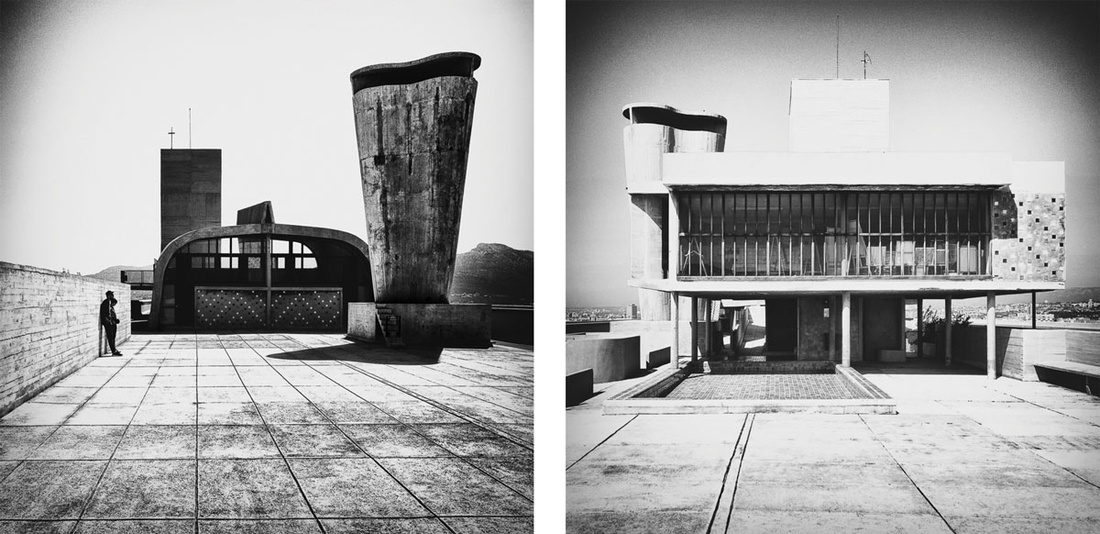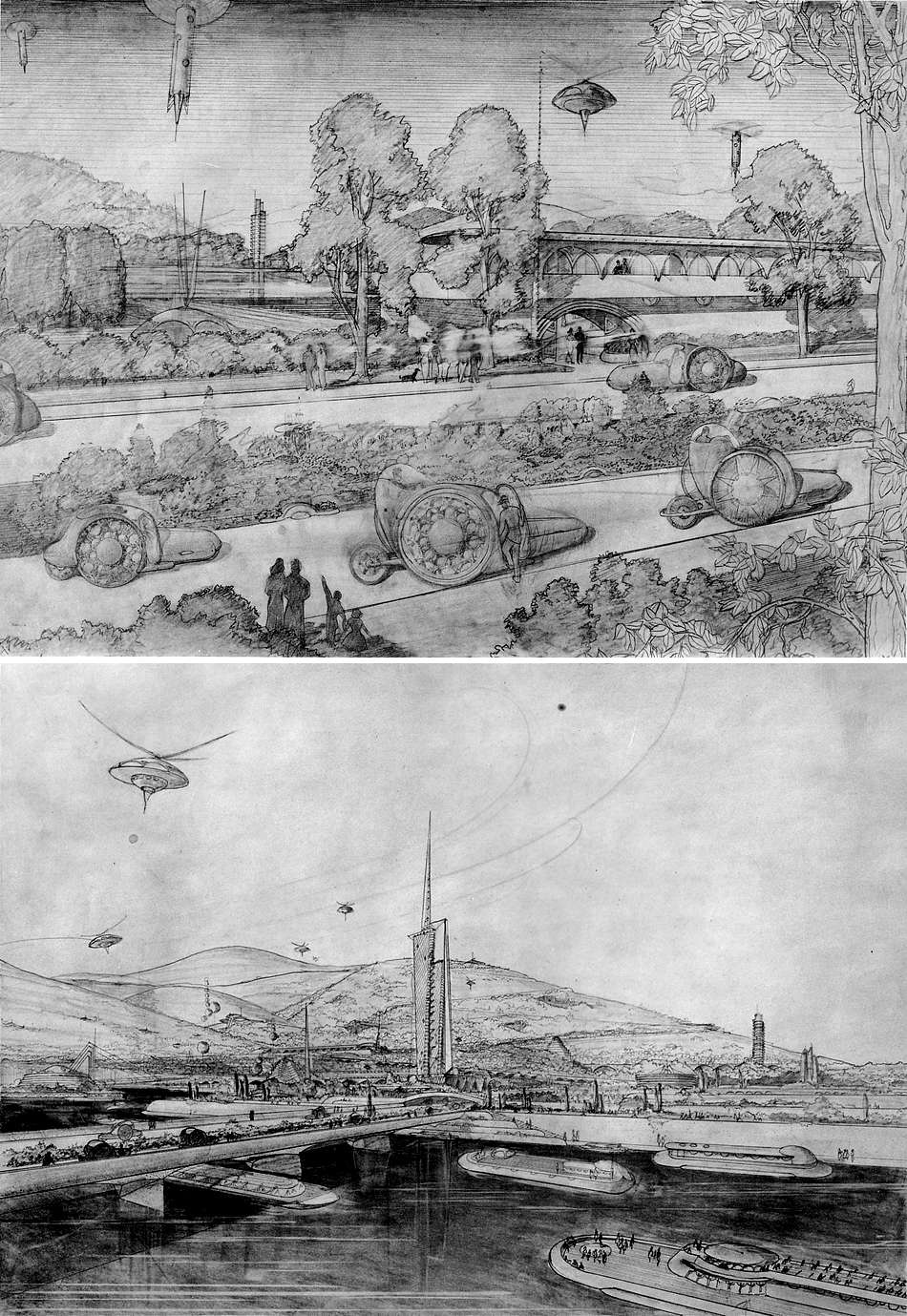What Is Fluxus?
In 1963, an artist named George Maciunas put forward a rallying cry for a new movement in art, one that he would call “Fluxus.” Like many of his avant-garde predecessors and peers, he chose to make his case known in the form of a manifesto. The document was itself a work of art, composed of several dictionary definitions of the word “flux,” from which Fluxus takes its name, followed by handwritten notes that expanded on its various meanings. Beneath the entry defining flux as a purging or discharge of fluids, Maciunas wrote in an insistent hand: “Purge the world of bourgeois sickness, ‘intellectual,’ professional & commercialized culture, PURGE the world of dead art, imitation, artificial art, abstract art, illusionistic art, mathematical art, — PURGE THE WORLD OF ‘EUROPANISM’!”
Fluxus’s spirit of rebellion against the commercial art market, elitism, and the conventions of both art and society had its roots in Dada, Futurism, and Surrealism, while its irreverence and youthful energy were in tune with the burgeoning counterculture of the 1960s. Though its nucleus was in New York City, where Maciunas and many other artists were based, Fluxus projects popped up across Europe and in Japan. The movement attracted a loosely affiliated, international group of artists, designers, poets, and musicians who readily embraced one of its central tenets: the total integration of art and life. In his manifesto, Maciunas described the work that would result from this integration as “living art, anti-art…NON ART REALITY to be fully grasped by all peoples, not only critics, dilettantes and professionals.”

Image via Wikimedia Commons.
Intentionally uncategorizable, Fluxus projects were wide-ranging and often multidisciplinary, humorous, and based in everyday, inexpensive materials and experiences—including everything from breathing to answering the telephone. When asked to define Fluxus, Maciunas would often respond by playing recordings of barking dogs and honking geese, perhaps confounding his questioner but also demonstrating the experimentation and embrace of absurdity at its core. Performances—which Fluxus artists called “Events,” in order to distinguish them from Happenings and other forms of performance-based art—were a significant part of the movement. These were largely based on sets of written instructions, called “scores,” referencing the fact that they were derived from musical compositions. Following a score would result in an action, event, performance, or one of the many other kinds of experiences that were generated out of this vibrant movement.
The Leaders of Fluxus
With Maciunas as its founder and central coordinator, Fluxus lasted from 1962 until the artist’s untimely death in 1978. A polymath, the Lithuanian-born American studied architecture, art history, graphic design, and musicology. This formidable educational background and his highly playful, utopian vision shaped all of his work, not least the movement itself.
The artists, designers, poets, and musicians who rallied around Maciunas’s call for a radical, egalitarian new art were as diverse as the work that came out of the Fluxus movement. Many were inspired by elder artist, composer, and musician John Cage. Through his work and his charismatic teaching, he demonstrated that art and life could be fluidly interchangeable. He did this, in part, by welcoming chance into his musical compositions—including ambient noises or the sounds of audience members coughing, stirring in their seats, and sometimes even heckling the performers—and by using such things as everyday household objects as instruments. Cage’s drive to find artistic potential in the everyday resonated with the Fluxus artists.
Widely recognized as the originator of musical Minimalism, composer and artist La Monte Young was also associated with Fluxus. His compositions were characterized by their pared-down structures and exceptional length. In 1960, he collaborated with artist Yoko Ono to organize a series of events by artists, dancers, musicians, and composers held in Ono’s studio in downtown New York, known as the Chambers Street Loft Series. Maciunas attended, along with many other artists who would become involved with Fluxus. Ono’s studio would become a hub of innovative and experimental new work.
In 1964, Ono debuted one of her seminal performance works, Cut Piece. Sitting alone on a stage with a pair of scissors in front of her, she instructed the audience to take turns approaching her and using the scissors to cut off a piece of her clothing. She remained nearly motionless and expressionless as various audience members obliged, sometimes aggressively. As she wrote about the experience in 1966: “People went on cutting the parts they do not like of me finally there was only the stone remained of me that was in me but they were still not satisfied and wanted to know what it’s like in the stone.” Ono has reprised the piece over the years, and wrote a step-by-step performance score for anyone to recreate it—which many people have done, and many more will likely continue to do.
Like so many of their peers, early Fluxus members Nam June Paik and Alison Knowles worked across media. Paik, considered a progenitor of video art, was one of the first artists to make art out of televisions and video cameras. These technologies form the core of his pioneering sculptures, installations, and performances, which range from austere and meditative to cacophonous and bursting with an onslaught of imagery.
In his performance works, Paik immersed audiences in richly visual and aural experiences, centered upon ingeniously altered television sets and cleverly rigged video cameras. He collaborated with avant-garde cellist Charlotte Moorman on a number of musical performances, including one in which she played his TV Cello (1971). Paik crafted a working cello out of a stack of three television sets whose varying shapes and sizes together mirrored the contours of the actual instrument. Each set displayed images as Moorman played, switching between a live feed of the performance itself, a video collage of other cellists, and a television broadcast.
For her part, Knowles created performances, sound pieces, installations, sculptures, book objects, and prints that have their roots, in part, in her early association with Cage. In 1962, the composer—who, as it turns out, was a mushroom enthusiast—co-founded the New York Mycological Society, which Knowles joined. “You can stay with music while you’re hunting mushrooms,” he once said. “[A] mushroom grows for such a short time, and if you happen to come across it when it’s fresh it’s like coming across a sound, which also lives a short time.” Knowles credits their time together foraging for wild mushrooms as important in helping her to develop her vision and leading to her incorporation of food into a number of her Fluxus projects.
Why Does Fluxus Matter?
While it might be an overstatement to say that the Fluxus movement revolutionized the art world or the real world in the ways that Maciunas called for in his manifesto, it did help to radically change notions of what art could be. With their work, the Fluxus artists pushed art well outside of mainstream venues like galleries and museums. Their informal, spontaneous, and often ephemeral pieces were not only difficult to collect and codify; they were also sometimes hard to recognize as art. But museums and galleries eventually caught up and absorbed their work. So too did younger generations of artists, who continue to build on the freedom that the movement introduced into artmaking with their own work. The next time you walk into an art space and find a pot of curry bubbling on a burner (as in the well-known piece, Untitled (Free), 1992, by the Thai artist Rirkrit Tiravanija) or a sculpture composed of things you might find in your own home, thank Fluxus for helping to lay the groundwork.
—Karen Kedmey
Takeshia Kosugi, Anima I & Ben Vautier, Attaché de Ben & George Maciunas, Solo for Violin. Simultaneous performance, May 23rd 1964, by Ben Vautier and Alison Knowles (not pictured) during “Fluxus Street Theatre” as part of “Fluxus Festival at Fauxhall” New York City. Photography by George Maciunas; Philip Corner’s Piano Activities, performed during Fluxus Internationale Festpiele Neuester Musik, Hörsaal des Städtischen Museums, Wiesbaden, Germany, September 1-23, 1962. Photo: Peter Butler. The Museum of Modern Art, New York. © 2017 Philip Corner. Images courtesy of the Museum of Modern Art.
Unlinked images via Wikimedia Commons.
Unlinked images via Wikimedia Commons.




